Have you seen this plant in your garden? If you have, you probably have a lot of it. It’s purslane, one of the most persistent weeds in North America.
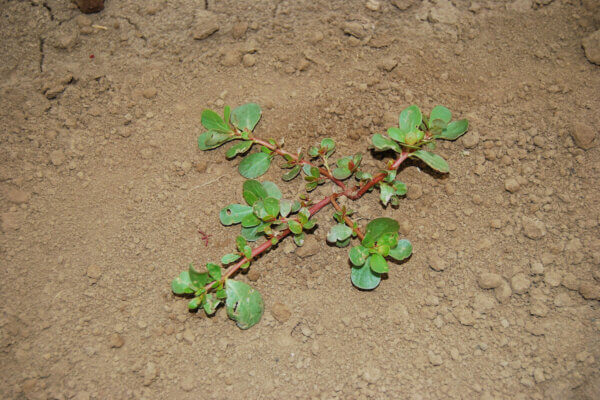
Have you seen this leafy green in your salad? It’s purslane, a leafy green that was enjoyed by early Americans like Martha Washington. It was cultivated by ancient gourmands in Iran and India — and modern ones from Baltimore to Bellingham.
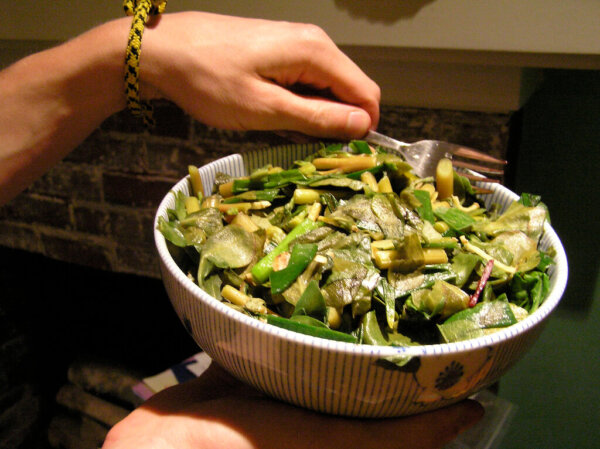
So which one is it?
Why Purslane Is a Weed
Purslane is a hardy plant — maybe too hardy. Purslane plants have a way of showing up again and again after you pull them out of the ground.
That’s because purslane has evolved a couple of clever ways to propagate itself if a plant is uprooted. A small fragment of a purslane plant — a tiny, half-inch slice of stem, root, or leaf – can root itself.
That’s impressive for a botanist, but maybe not so much if you’re trying to get rid of a purslane infestation in your raised bed planter.
https://www.instagram.com/p/BgSIYijjGfL/?tagged=purslane
Purslane seeds are even more impressive: It’s what sets the plant apart from other common weeds. A purslane seed can lie in wait for up to 40 years. That’s right: A purslane seed can wait for good soil and environmental conditions for five or six presidential administrations. You might have a few purslane seeds you don’t know about sitting on top of a gravel path, just waiting to drop to the bottom of the pile.
Why Purslane Is a Delicacy
Yet purslane can also be the star of a delicious salad or sauté. Depending on the context, any plant can be a pest or a cultivar. Morning glory is a scourge on the West Coast of the United States but a beloved fixture of trellises on the East.
Chefs across the U.S. have started to rediscover purslane. Its flavor is bitter and peppery, but milder than bitter greens or mustard greens. Purslane can be a more exciting stand-in than spinach or a more toothsome, substantial one than arugula.
https://www.instagram.com/p/BgRr_dlDLs4/?tagged=purslane
Purslane’s versatility has helped it become a hot commodity with chefs who want to make salads and cooked greens more interesting.
“When you bite into it, it bursts,” says Sergio Vitale, a Baltimore chef. He’s incorporated the green into his U.S. cooking because he got to know it well during his childhood in Sicily.
Purslane isn’t just an interesting flavor. It’s also rich in omega-3 fatty acids, which are critical for good health.
How to Get Rid of Purslane
We recommend eating purslane, first and foremost, but if it’s not to your taste, you should try these steps. All you’ll need is a trowel and gloves.
- Keep an eye out for purslane if you’re working on routine gardening chores like weeding, watering, trimming, or deadheading.
- If you spot purslane, pull it out down to the root. Try not to leave any fragments in the ground. It roots easily.
- If you’ve pulled purslane, place it directly in the bag or bucket that you’re dropping your compost into. Any seeds that you leave on the ground can and will take root, even years down the line.
- Remember where you’ve pulled purslane. (A marker can be helpful.) Since purslane roots with the slightest opportunity, you’ll need to make sure that it doesn’t return to an area where you thought it was eradicated. Sex adult entertainment jobs near me.
How to Cook, Serve, and Eat Purslane
Purslane is an interesting change of pace compared to other greens. It’s a bit heartier than lettuces, but it’s much more delicate than collards or kale. Purslane leaves are similar in texture to spinach but slightly heartier.
https://www.instagram.com/p/BgKBAKTliqf/?tagged=purslane
Purslane is very tasty raw, especially on top of a light protein, like tofu or fish. You can also lightly sauté or steam it.
Since purslane is spicy and bitter, it works well as a garnish with creamy or sweet dishes. It can also make a salad mix much more interesting. You can even stir it into a soup to add a little extra variety or substance. Purslane’s unique flavor doesn’t appeal to everyone, and it can be overwhelming in large quantities. So mix it into a dish or serve a small portion, especially if you’re serving purslane to company.



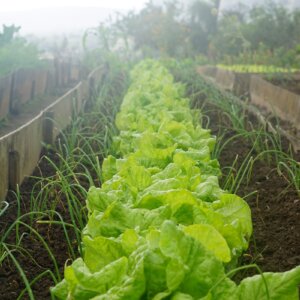

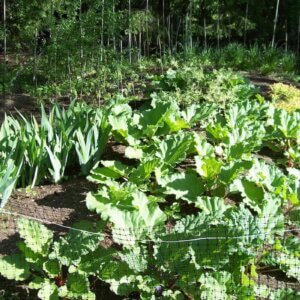
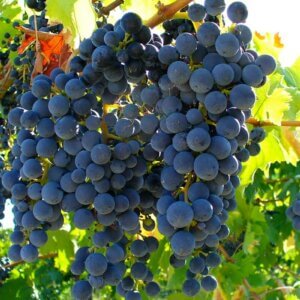

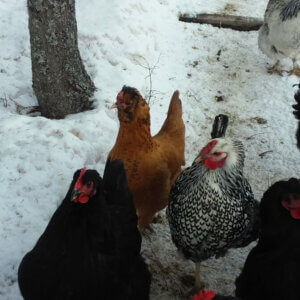


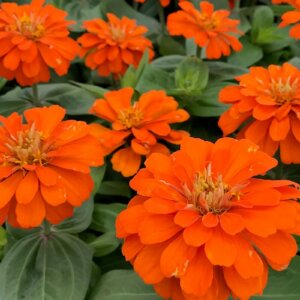


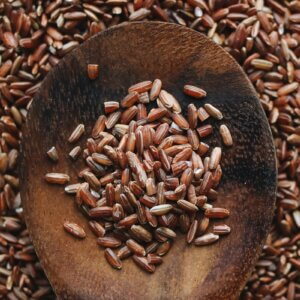

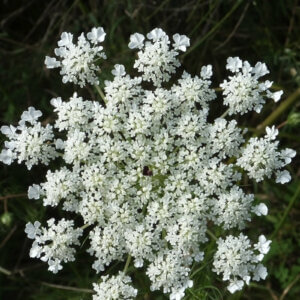


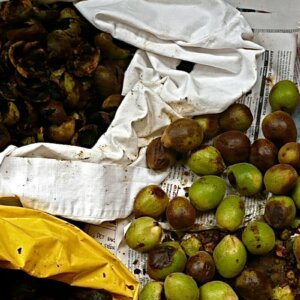

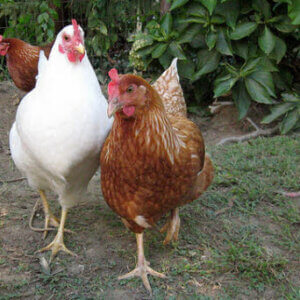
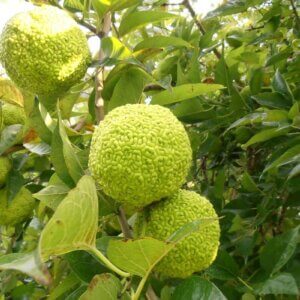
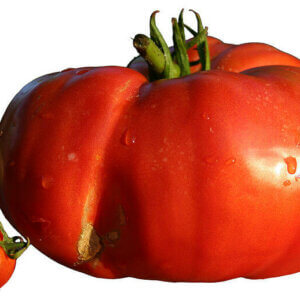

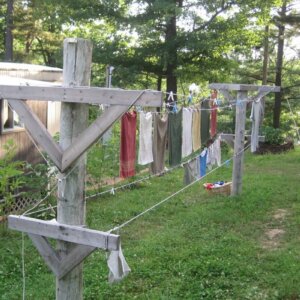
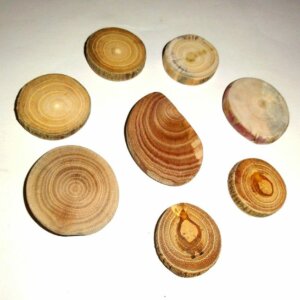
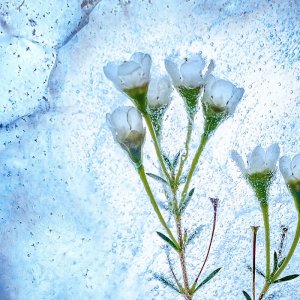



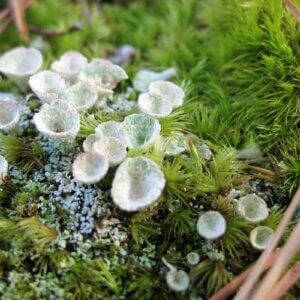


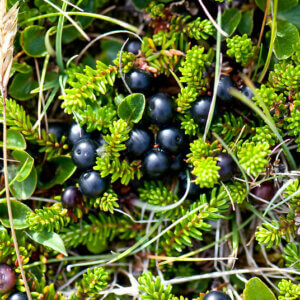


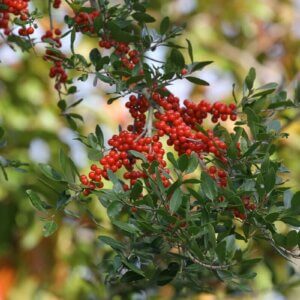


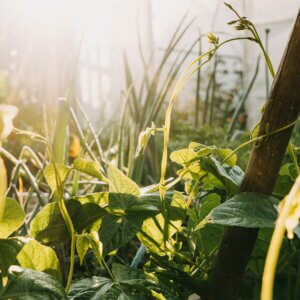
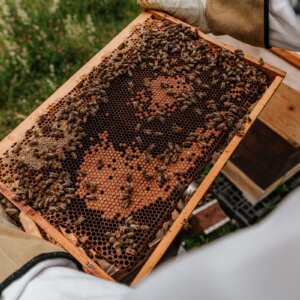
Leave a Reply